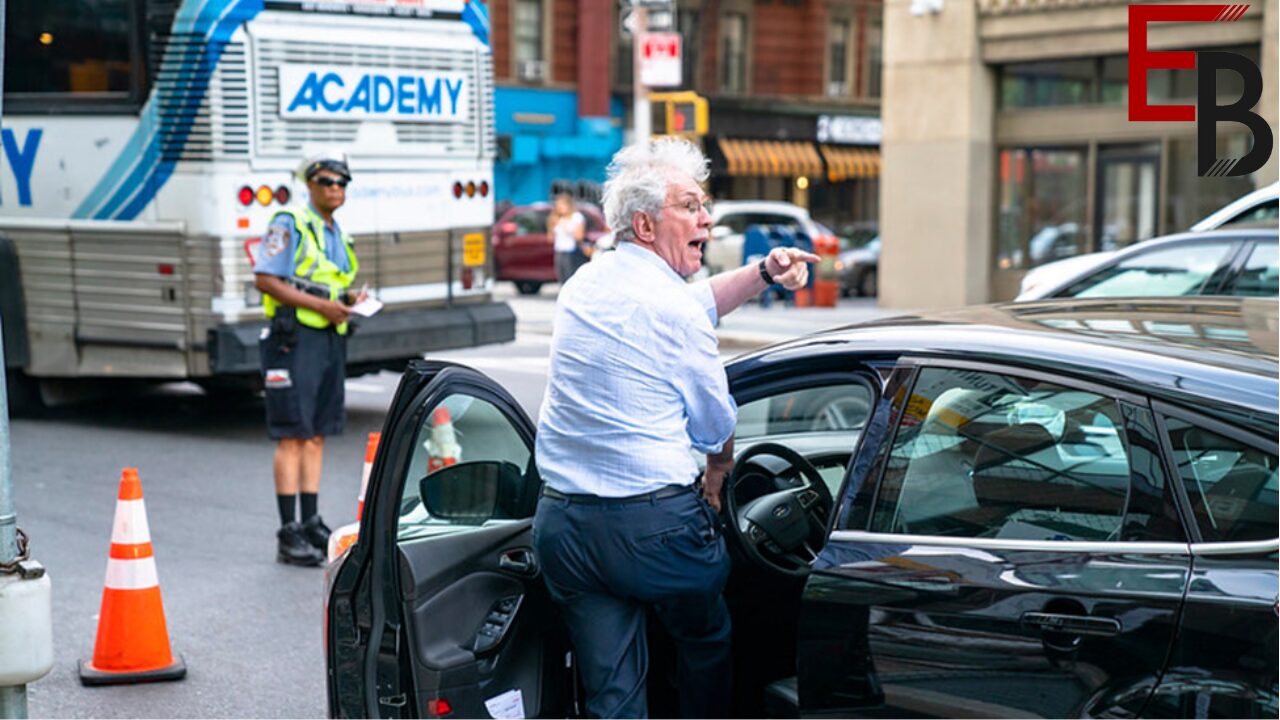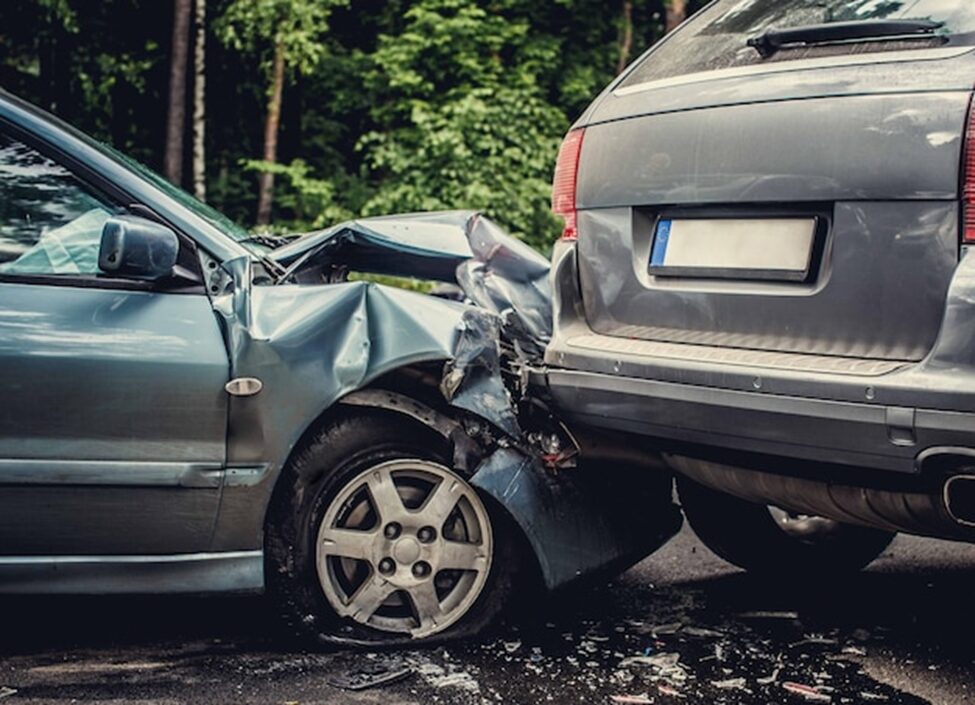5 Ways Road Rage Causes Accidents

Most road users have been on the receiving end of road rage. On the other hand, you might be the guilty party for your risky driving methods. Usually characterized by violent driving, road rage involves multiple dangers to virtually all involved road users, directly or indirectly.
Drivers need to stay calm, no matter how tense or annoying the situation gets.
The following article reviews common reasons for road rage and how these dangerous driving methods lead to accidents.
Causes of Road Rage
Here are some common causes of road rage:
- Tailgating
- Slow driving
- Littering
- Improper use of lanes
- Inappropriate use of beam lights
Below are five ways road rage causes accidents:
Poor Reaction Time and Decision Making
Road rage triggers a driver’s emotions and impacts their ability to make rational decisions. This might be due to the emotional overload, leading to frustration, anger, or impatience. Usually, traffic congestion or personal issues can trigger these emotional factors.
A driver’s narrowed focus can lead to poor decision-making. For instance, a driver may misinterpret road laws or fail to consider other courses of action. Furthermore, drivers are more prone to reactive responses than deliberate decision-making.
Here are other decision-making factors resulting from road rage:
- Delayed decision-making: A road-raged individual can react late, contributing to confusing situations for other road users.
- Risk-taking decisions: Aggressive behaviour like tailgating, weaving between lanes, or engaging in aggressive actions increases the chances of accidents.
Through Speeding and Reckless Driving
Speeding and reckless driving can be symptoms of road rage. Overspeeding directly impacts the state of other drivers. Some may drive off the road to avoid collisions, while others may brake unexpectedly, resulting in clashes on a busy highway.
Overspeeding and reckless driving also affect pedestrians. This can happen at crosswalks, where such drivers do not follow the rules, endangering the lives of many, including children and older people.
Jumping Red Lights
A significant chunk of road rage happens due to traffic. A driver may want to get to their destination quicker. They may feel that others are interfering with this objective. Thus, they exhibit unsafe driving methods. One such method is jumping red lights.
In addition to the enraged driver, not adhering to traffic lights can also be disastrous to others. The chances of a T-bone accident are scarily high when a driver jumps a red light at intersections.
The sad part here is that in T-bone accidents, the passenger who is at the point of impact has an increased risk of fatality. Even if it is not fatal, the chances of a life-altering injury are dangerously high.

Increased Rear Accidents Via Tailgating
Tailgating is a remnant of road raging, with one driver pressuring another to give space. Usually, this behaviour causes many rear-end collisions. Accidents happen due to emergency braking, which might affect several vehicles depending on the traffic or speeds of the cars involved.
Inappropriate Flashing of Lights
Most enraged drivers tend to flash their lights inappropriately and endanger the lives of others. They do this to let the other driver know that they are angry or annoyed with them.
The flashing of lights is worse at night. Flashing full-bright lights can distract an oncoming driver and force them to go off the road.
Conclusion
Some drivers have underlying problems that they express through their driving. This includes emotional factors like anger and impatience. As a result, they affect other road users directly and indirectly, with the worst-case scenario being fatal accidents. All drivers must respect traffic rules and avoid harassing other road users. This also includes avoiding verbal and physical altercations. It might lead to unnecessary cases, injuries, or deaths.
